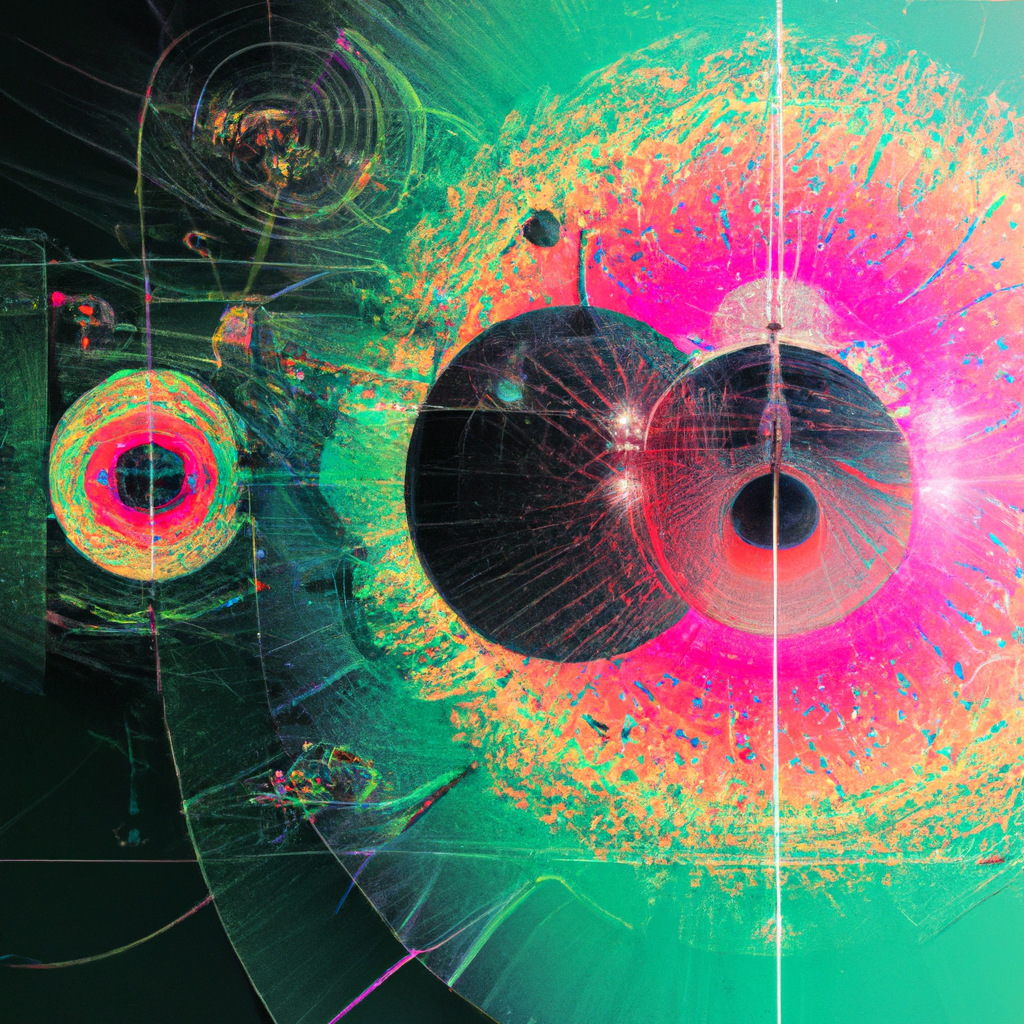Exploring the Potential of Quantum Machine Learning in Pattern Recognition
Table of Contents
Exploring the Potential of Quantum Machine Learning in Pattern Recognition
# Introduction
The field of machine learning has witnessed significant advancements in recent years, with algorithms becoming increasingly sophisticated and capable of solving complex problems. One of the latest and most exciting developments in this field is the intersection of quantum computing and machine learning, known as quantum machine learning (QML). By harnessing the power of quantum mechanics, QML has the potential to revolutionize pattern recognition tasks by offering exponential speedup and improved accuracy. This article aims to explore the potential of QML in pattern recognition and its implications for the future of computation and algorithms.
# Understanding Quantum Machine Learning
Quantum machine learning is an emerging field that combines the principles of quantum mechanics and machine learning. At its core, it leverages the unique properties of quantum systems, such as superposition and entanglement, to enhance the capabilities of traditional machine learning algorithms. By exploiting these quantum properties, QML algorithms have the potential to process and analyze data in parallel, leading to exponential speedup compared to classical machine learning algorithms.
# Pattern Recognition and Quantum Machine Learning
Pattern recognition is a fundamental task in many domains, including image and speech recognition, natural language processing, and data mining. Traditionally, pattern recognition algorithms rely on classical computing techniques to analyze and identify patterns in data. However, as the complexity of patterns and datasets increases, classical algorithms may struggle to provide accurate and efficient solutions. This is where QML comes into play.
QML algorithms, such as quantum support vector machines (QSVM) and quantum neural networks (QNN), have shown promising results in pattern recognition tasks. QSVM, for example, utilizes quantum computing techniques to efficiently solve the quadratic optimization problem at the core of support vector machines. This allows for improved accuracy and reduced computational complexity compared to classical support vector machines. Similarly, QNNs leverage the parallelism of quantum systems to accelerate training and inference processes, enabling faster and more accurate pattern recognition.
# Quantum Machine Learning vs. Classical Machine Learning
The potential advantages of QML over classical machine learning algorithms in pattern recognition tasks are twofold: speedup and accuracy. Quantum systems have the ability to process and analyze vast amounts of data simultaneously, thanks to superposition and entanglement. This parallelism offers exponential speedup compared to classical algorithms, which process data sequentially. As a result, QML algorithms can handle larger datasets and more complex patterns in a fraction of the time required by classical algorithms.
Furthermore, QML algorithms have the potential to achieve higher accuracy in pattern recognition tasks. Quantum systems exploit the probabilistic nature of quantum mechanics, allowing for more efficient exploration of the solution space. This exploration can lead to improved optimization and better generalization capabilities, resulting in more accurate pattern recognition models.
# Challenges and Limitations
While the potential of QML in pattern recognition is promising, several challenges and limitations need to be addressed before widespread adoption. Firstly, quantum computers are still in their early stages of development, and practical implementations of QML algorithms require stable and error-corrected quantum hardware. Achieving this level of stability and scalability remains a significant challenge for researchers and engineers.
Secondly, the training and inference processes of QML algorithms heavily rely on quantum state preparation and measurement, which are prone to errors and noise. Quantum error correction techniques need to be developed to mitigate these errors and ensure the reliability of QML algorithms.
Furthermore, the integration of quantum and classical computing poses another challenge. Hybrid approaches that combine the strengths of classical and quantum computing are necessary to leverage the power of QML effectively. Developing efficient interfaces and protocols between classical and quantum systems is an ongoing area of research.
# Future Directions and Implications
Despite the challenges, the potential of QML in pattern recognition has profound implications for various fields. In healthcare, QML algorithms could enhance medical imaging and diagnosis, leading to more accurate and timely identification of diseases. In finance, QML could improve fraud detection and risk assessment by analyzing vast amounts of transaction data in real-time. In cybersecurity, QML algorithms could strengthen anomaly detection and intrusion prevention systems, enhancing the security of critical infrastructure.
Additionally, QML algorithms have the potential to unlock new possibilities in fields such as drug discovery, materials science, and optimization problems, where pattern recognition plays a crucial role. By leveraging the power of quantum computing, researchers can explore larger solution spaces and discover novel patterns and relationships that were previously inaccessible.
# Conclusion
Quantum machine learning offers an exciting avenue for enhancing pattern recognition tasks by harnessing the power of quantum computing. By leveraging the unique properties of quantum systems, QML algorithms have the potential to provide exponential speedup and improved accuracy compared to classical machine learning algorithms. However, several challenges and limitations need to be overcome before widespread adoption. Addressing these challenges and further exploring the potential of QML in pattern recognition will undoubtedly shape the future of computation and algorithms in academia and industry.
# Conclusion
That its folks! Thank you for following up until here, and if you have any question or just want to chat, send me a message on GitHub of this project or an email. Am I doing it right?
https://github.com/lbenicio.github.io

